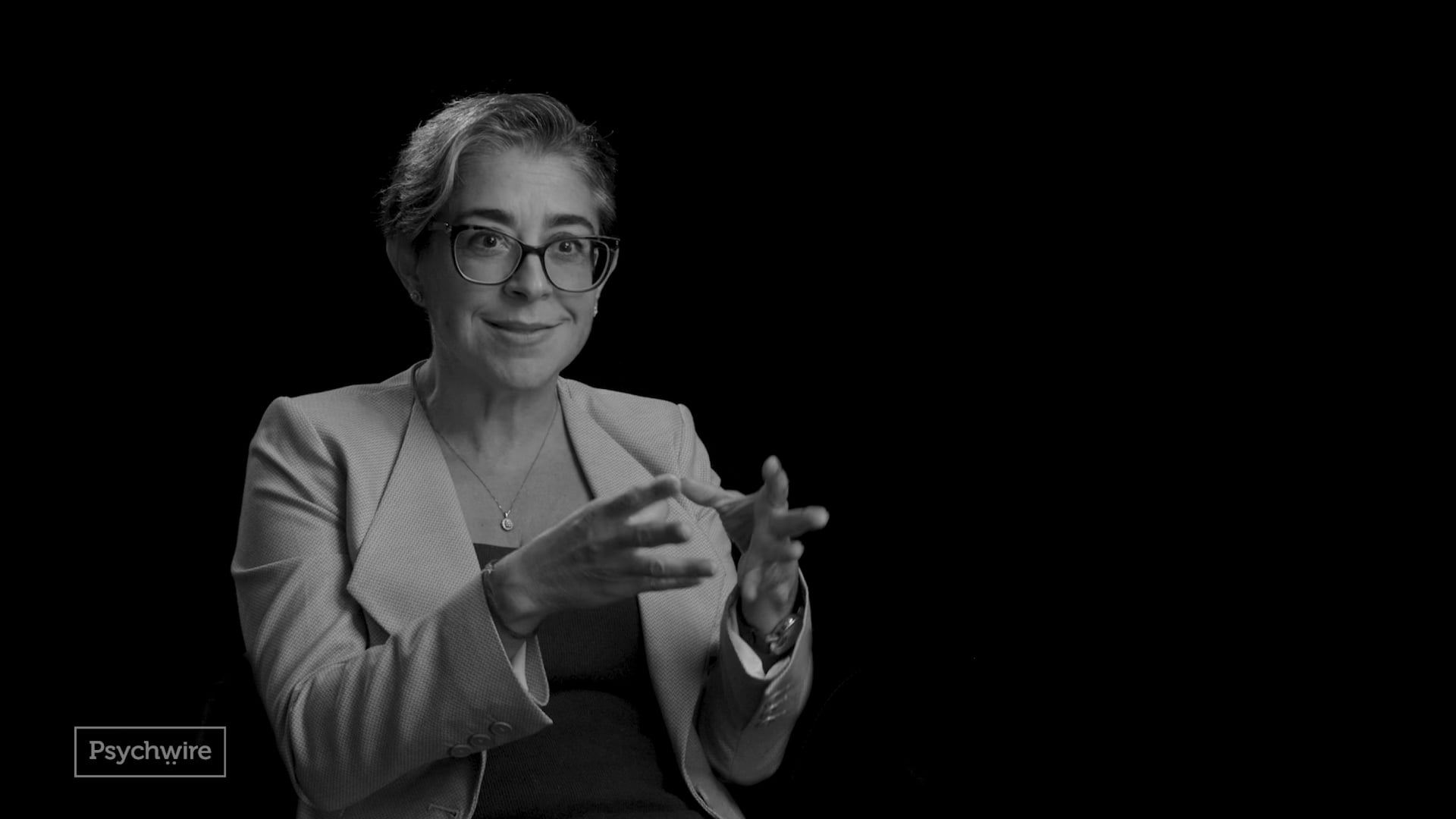
Healing Anxiety & Addiction with EMDR
 EMDR for Attachment Injuries
EMDR for Attachment InjuriesAs far as clients coming in with different diagnoses, so anxiety, depression, addiction. So I can think of a client that came in with anxiety, and he said anxiety, and he said some problematic drinking is how he first presented it. And I said, okay. Well, we can work on both of those things. Now, as a therapist, we know that those things interact. If we were to work on the anxiety, let's see what that treatment plan would look like.
And so we did what an EMDR therapy is called a target identification worksheet, where we look at places where anxiety shows up in your life and track back to earlier life events. And I said, let's also look at the alcohol use issue. Alright. So for alcohol use, how does it work for you? What's good about it? And if you weren't using alcohol in the way that it works for you, what else could you be doing?
And even though I know that they interact, I kinda set it up as two separate things. And I had what an EMDR therapy would call targets, meaning I had life events that I knew that I progressively wanted to check-in on each one to see which one was gonna take us down the roads of the things that needed to get unfrozen in time and connect to new information. Very interesting, by the way, when we focus on alcohol use, it's like, okay. Let's come up with the positives of alcohol, how alcohol works for you.
And as we would start the bilateral stimulation, the eye movements, he kept coming up with negative consequences of his alcohol use. At one point, he stopped. He's like, wait a second. I'm supposed to be thinking about the positives. But when you go to what's frozen in time, which with an addiction, there's a memory network that says, this stuff works. This stuff is yay. Even though you're losing your family, your job, like, whatever consequences are happening, on the moment of a craving, your memory network goes to relief.
This gives me whatever relief that is. And so we went to the relief memory network. This is a memory network that's frozen in time. And as we do the bilateral stimulation, it calms down the nervous system. When the system calms down, you're able to make new connections. So we had several sessions. In one session, we were working on one of the anxiety targets.
And at the end of session, I could tell that he was disturbed. But I checked in with him. He's like, I don't really wanna talk about it, and I felt confident that there wasn't a safety issue. So I just let him go, but I could tell something was going on. Next time I see him, he tells me how bad the alcohol really was, and it was really bad.
And he says, after the last session, I realized I need to stop drinking. He had stopped drinking, started going to twelve step meetings, and felt very determined that this is a change that he needed to do and then disclosed how bad the alcohol was. So it was the combination, I think, of working on both because anxiety and alcohol use go together, and one feeds the other. And it's not which one comes first. They're just two very serious disorders that feed on each other and create something even bigger than the sum of the two.
And, you know, until he moved out of state for as long as I saw him, he didn't relapse, and he continued his sobriety path. It was amazing.